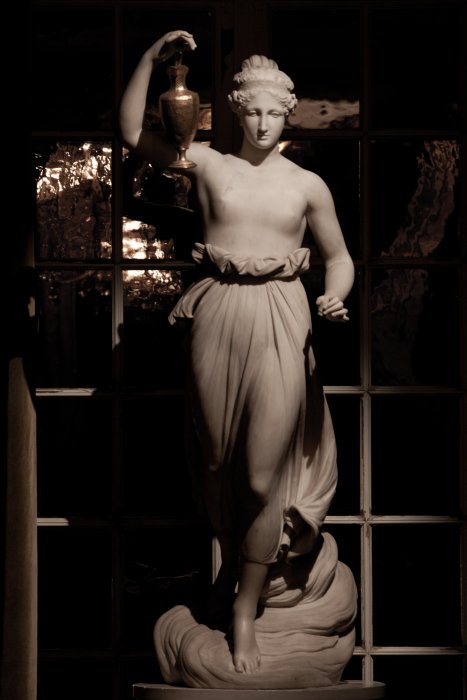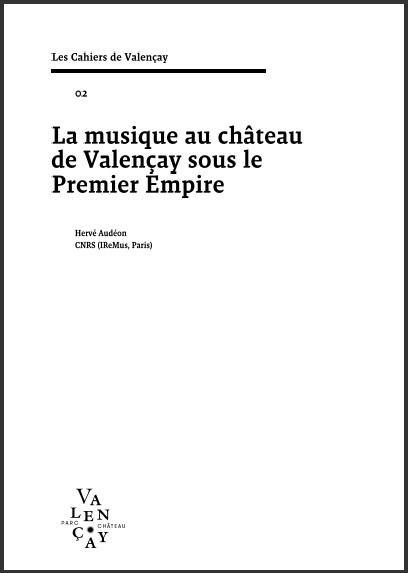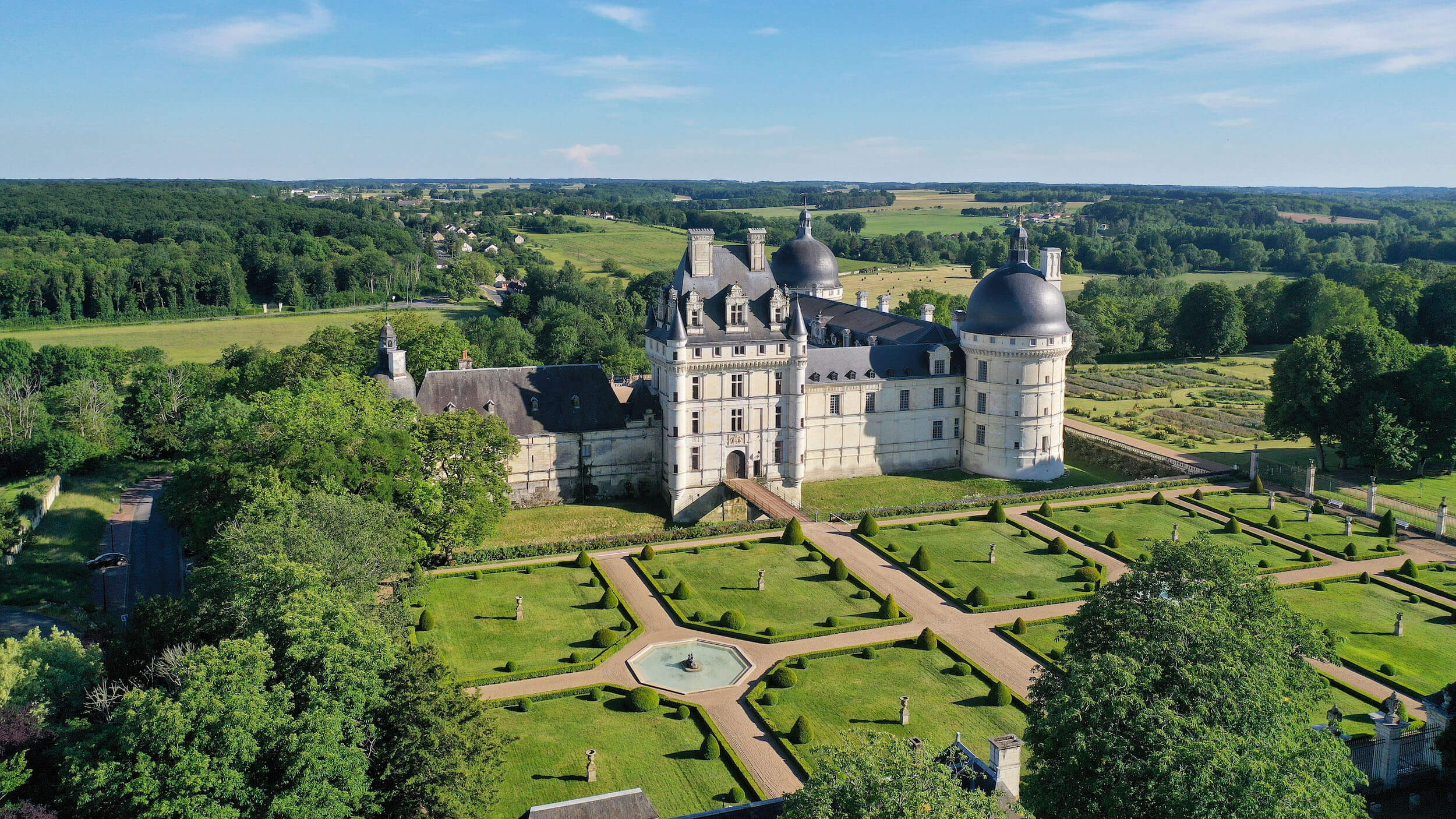
WELCOME TO CHATEAU DE VALENCAY
The Valençay estate is a major French heritage destination, with a rich and singular history that started during the Renaissance with the Estampes family, before becoming the home of the illustrious Charles-Maurice de Talleyrand-Périgord, an unparalleled diplomat and minister to Napoleon. The château features an abundance of historical furnishings, as well as a large park spanning some 50 hectares, alternating between gardens and forests. It also played an important role during World War II, as a storehouse for works of art from the Louvre.
Today, the château is driven by a desire to share a unique experience with visitors who will appreciate every aspect of its way of life, along with the vibrations emanating from this living place.
The Château de Valençay is one of the major sites in the Loire Valley.
OPENING HOURS
The domain of Valençay is currently closed. Reopening on Saturday March 19, 2022 at 10 a.m.
HEALTH PASS
In application of government instructions, from July 21, 2021, presentation of the health pass is mandatory for visiting the castle and gardens.
This applies to persons aged 12 and over.
The health pass will be requested upon arrival at the ticket office. It can be presented in paper format with QR Code, in PDF format or with the “TousAntiCovid” application.
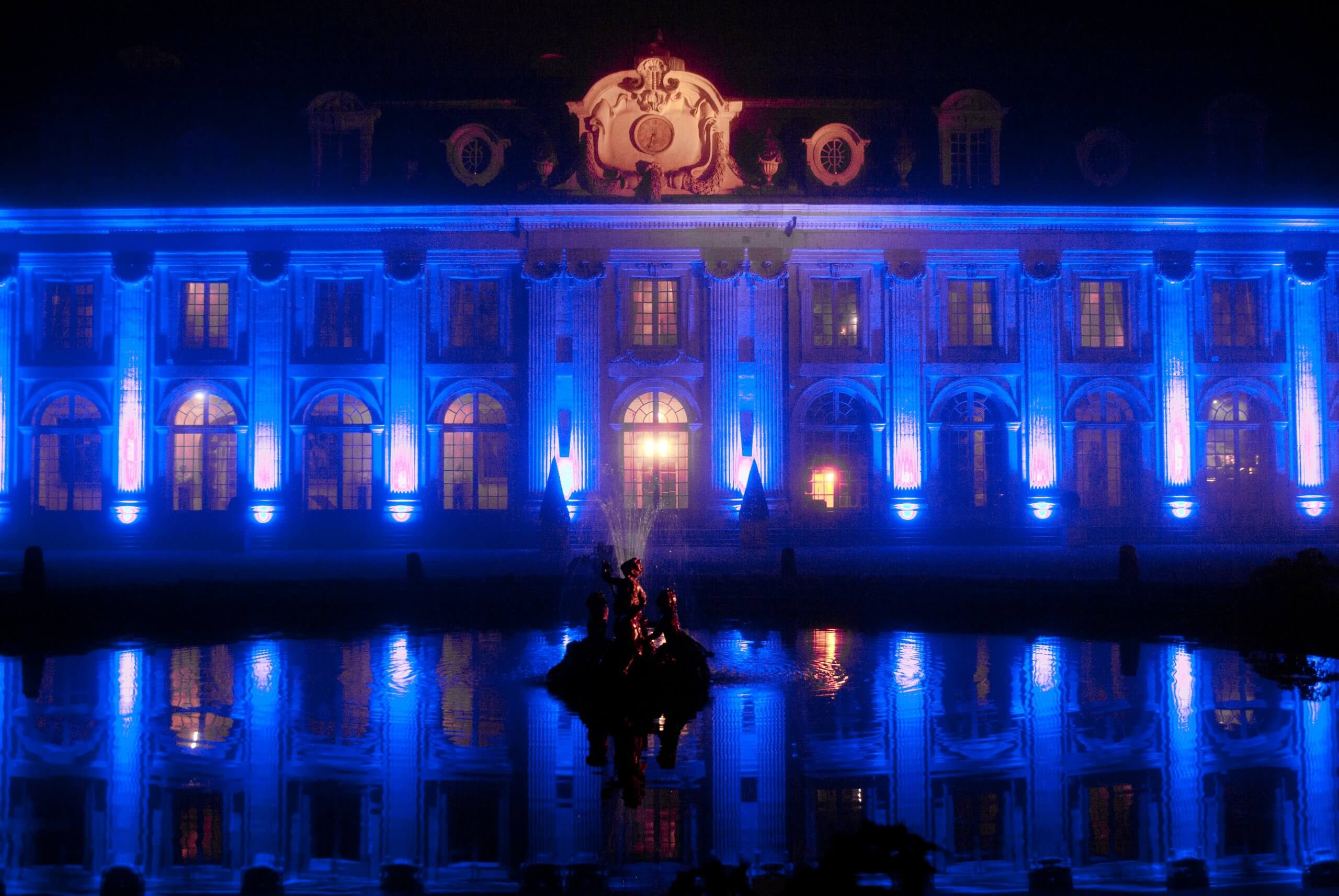
EVENT
THE ART OF BEING GOURMET
from December 18, 2021 to January 2, 2022.
On the occasion of the Christmas holidays, the Château de Valençay will open its doors from Saturday December 18 to Sunday January 2, every day from 1 p.m. to 7 p.m., except December 25 and January 1. The castle will host for its 12th edition, the International Festival of Culinary Photography chaired by Jean-Pierre Stéphan, eminent gastronome and former diplomat, today serving the art of food photography.
Only in French
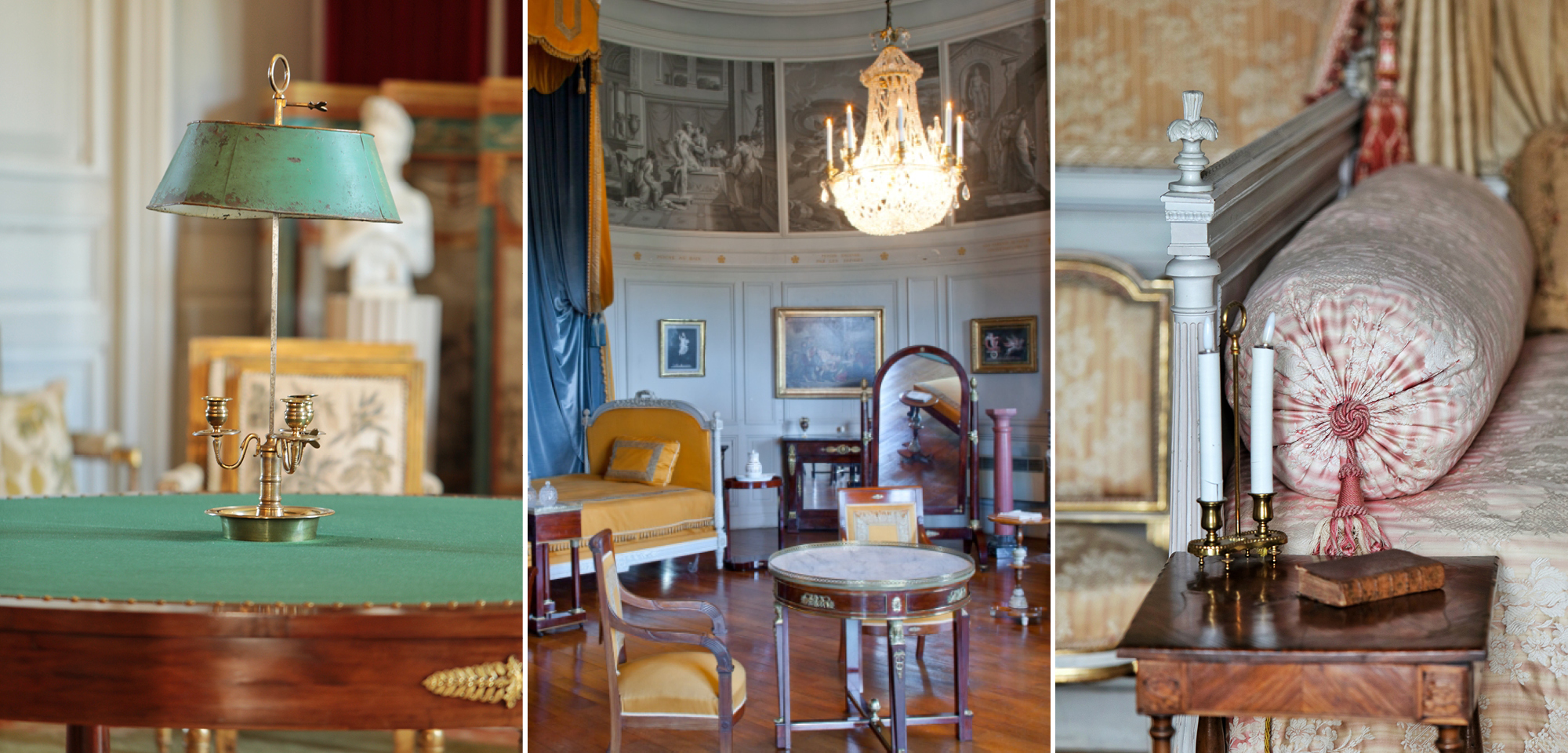
VISIT
REMARKABLE COLLECTIONS
Beautiful collections of furniture sculptures, paintings and precious objects give the Château of Valençay a still inhabited look. Various coordinating styles contribute to this place’s charm and bear witness to the drastic changes in French government throughout Prince of Talleyrand’s lifetime. The Empire-style furniture is absolutely stunning in the light coming through the large windows with its power, strength and references to the Napoleonic era. Through its elegance and charm, the 18th century furniture reflects the light-hearted and worldly spirit of aristocratic society that defined the style and etiquette of the great lord that Talleyrand never ceased to be.
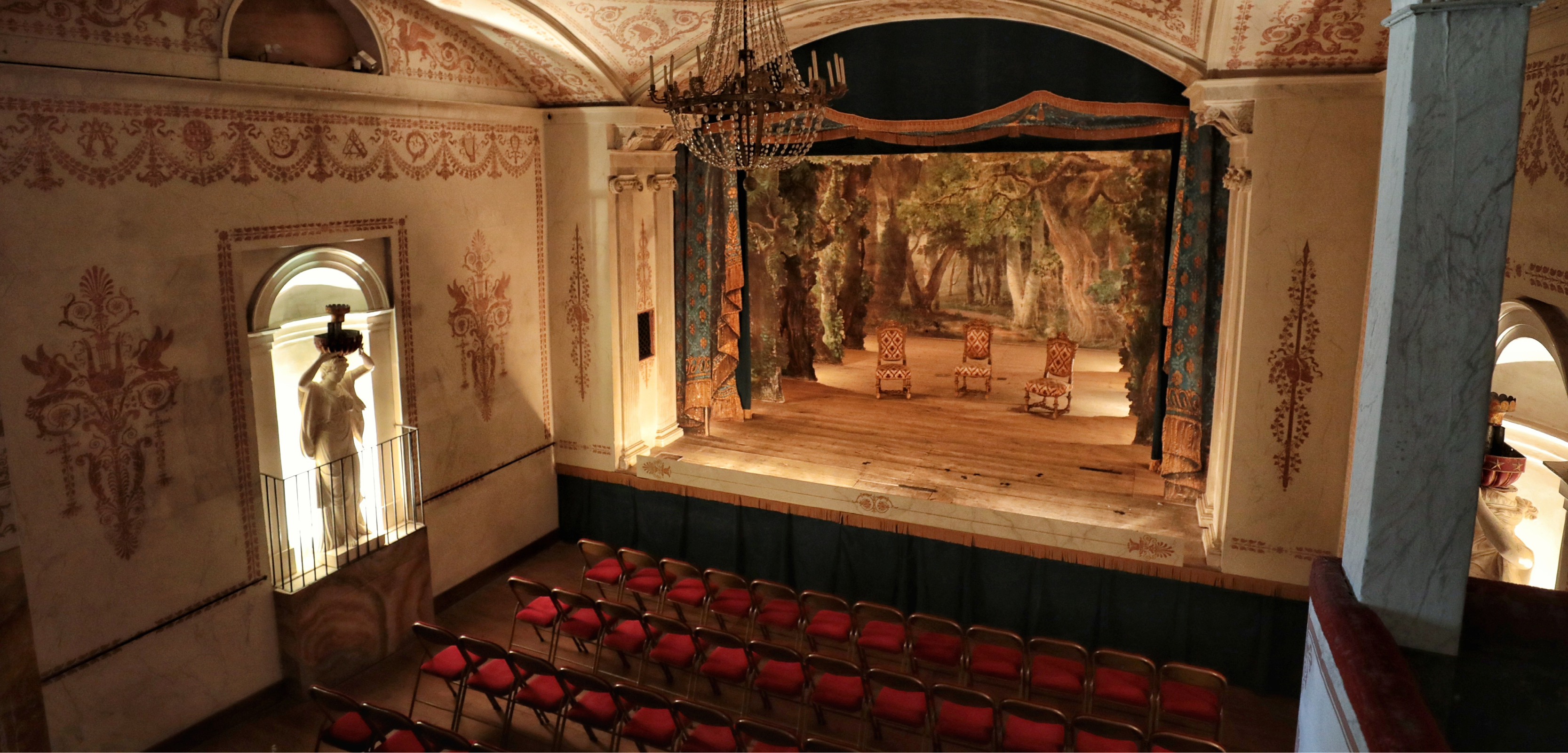
VISIT
THEATRE
The Château de Valençay contains a theater known for its extraordinary authenticity. Most of the period ornamentation and props have been preserved, particularly a remarkable series of sets. Designed at the request of Talleyrand, to entertain him and his guests, it was built between 1819 and 1820, as part of a large-scale construction project that brought in local artisans and other specialists, like the Parisian decorator Ciceri.
The château’s sporadic cultural seasons unfold in this setting, where talented actors and musicians make the building resonate with sensitivity and artistic fervor.

VISIT
PARK AND GARDENS
This vast green area is an excellent opportunity for visitors of all ages to take a stroll, explore and relax. Plants and animals have always played an important role in the domain of Valençay. Today, biodiversity and species protection are managed in an eco-friendly way and focus on sustainable development and eco-responsibility. Renewed each season, the flower beds are designed to give the château a colorful setting worthy of its architectural splendor. Filled with 25 different tree species, the forest is carefully maintained and plays an educational role with signs that provide information on their different origins, uses and biology. Visitors can explore it on foot or by electric golf cart on a 4km path.
VISIT
FOR CHILDREN
Between a prince, a princess, a duchess, cooks and actors, all of the ingredients are there to inspire the daydreams of youngsters, as they gaze upon the château’s magnificent features with wonder.
Booklets of games and trivia are available for free at the château’s entrance.
In the gardens, it goes without saying that the farm animals are favorites with our younger guests, who are fascinated by the (goat) kids leaping, the lambs bleating, the geese jeering, and the list goes on.
In the middle of the lovely, little herb-filled Antonin’s Garden, come and play the Game of Scents, as you try to identify the hidden plant species…
There is also a children’s playground near the château, with slides and a wooden play structure.
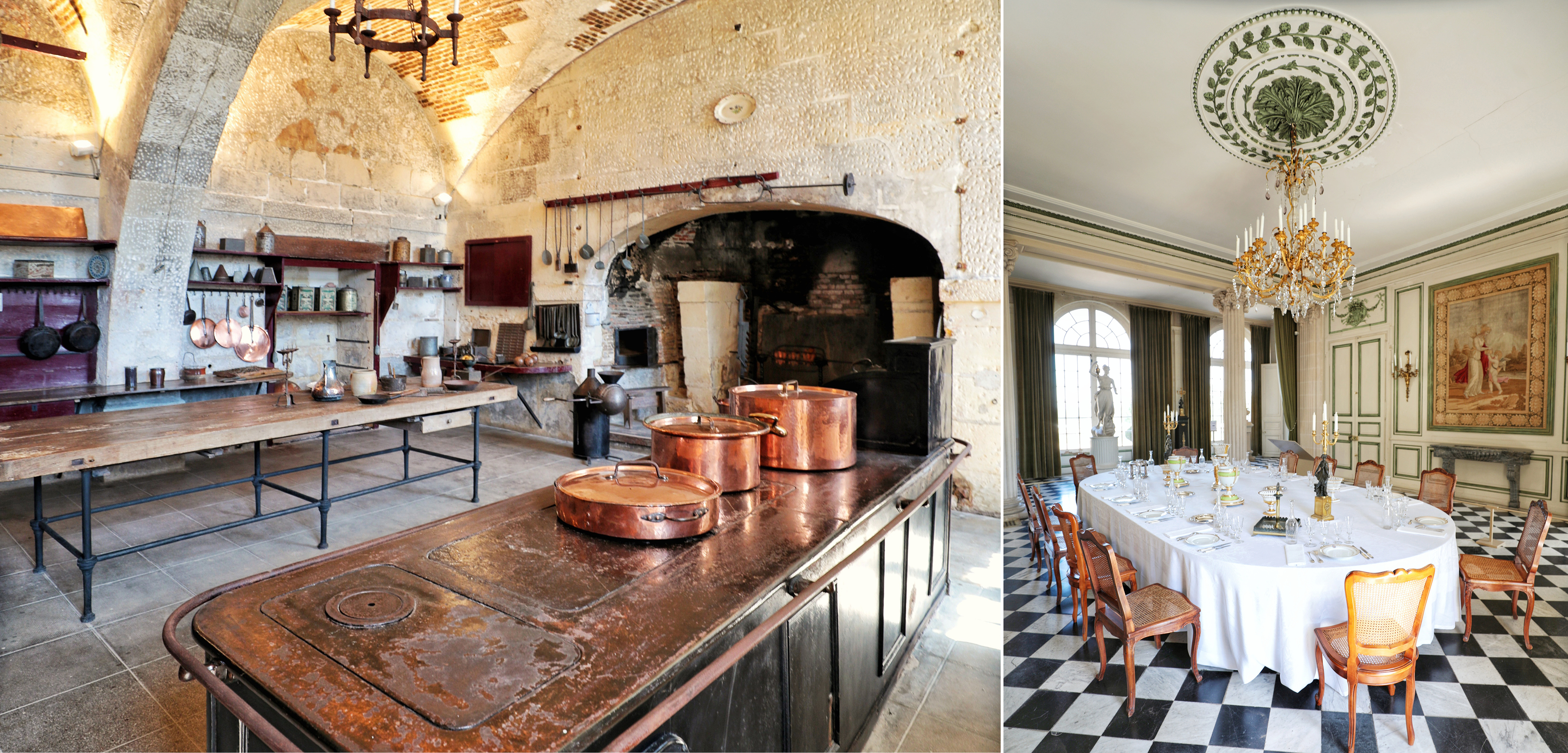
VISIT
GASTRONOMY
Charles-Maurice de Talleyrand-Périgord, a sophisticated gourmet, made the Château de Valençay into a temple of culinary art. As an expert in politics and diplomacy, he knew that a well-stocked dining table can be an excellent weapon. Not to be outdone, his successors brilliantly carried on that tradition of fine cuisine. The history and atmosphere of the Château de Valençay are still imbued with that delicate and refined lifestyle today.
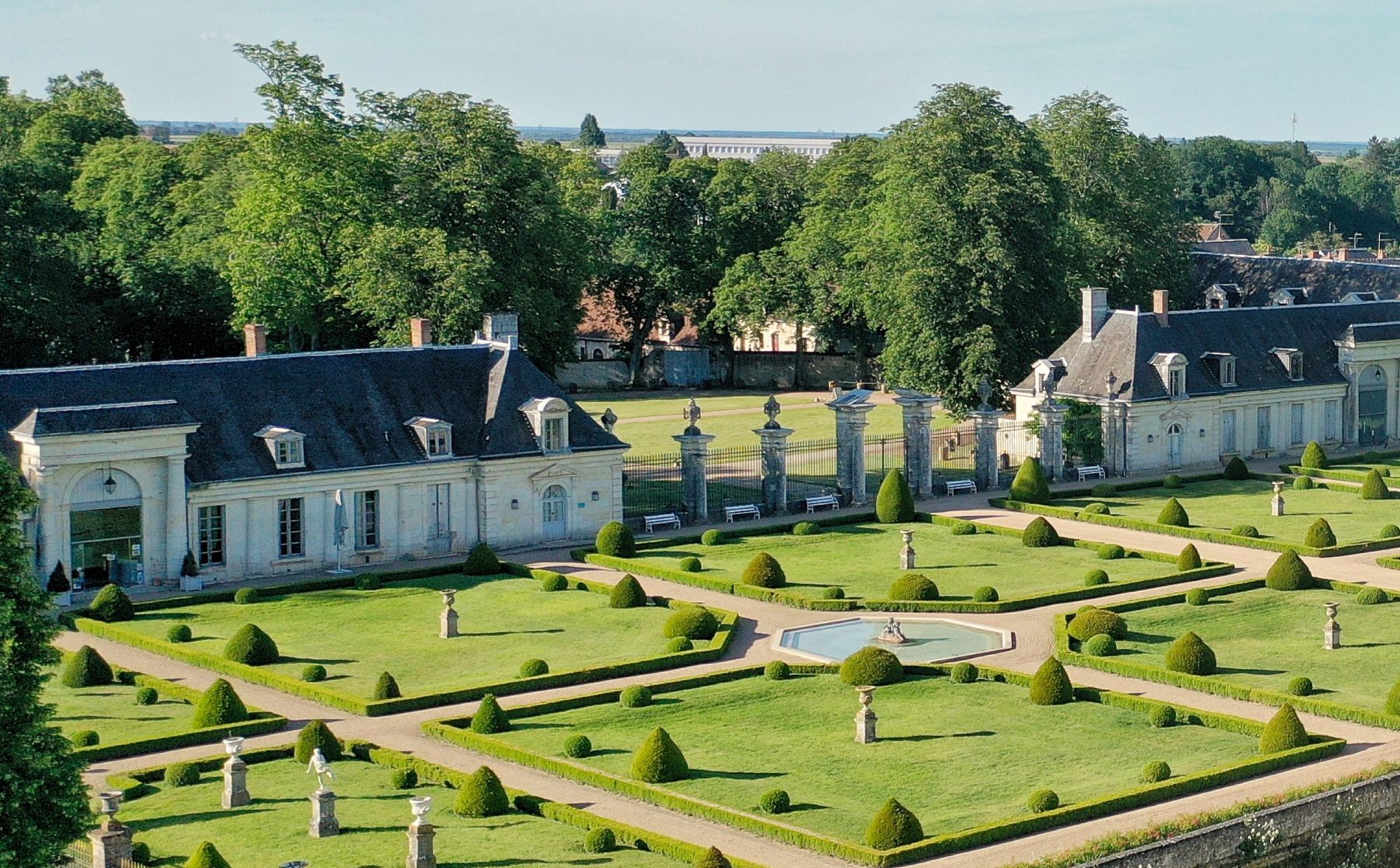
PUBLICATION
VALENÇAY, TALLEYRAND’S RENAISSANCE CHATEAU
A complete monograph of the Valençay estate was published in August 2020 by Editions Albin Michel. Gorgeously illustrated by dazzling photographs taken by Benjamin Chelly, this book was perfectly penned by Anne Gérardot, a graduate of the Ecole Nationale des Chartes (National School of History) and former director of the Indre departmental archives, which houses the archives of the Château de Valençay.
Only in French
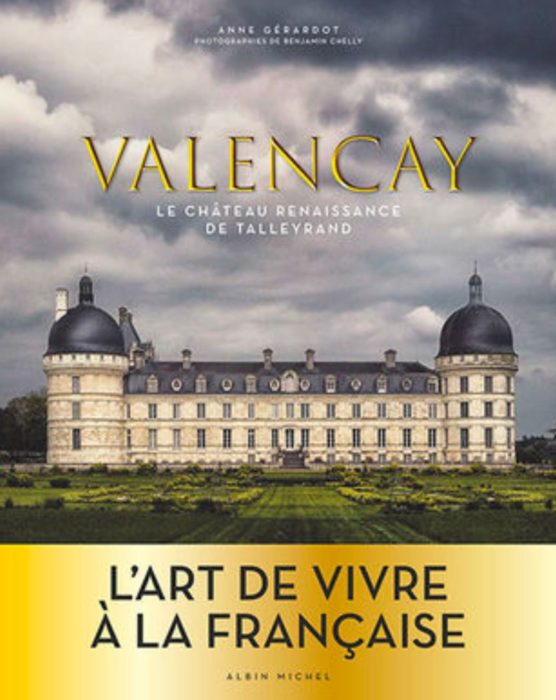
PUBLICATION
AT THE TABLE OF THE CHATEAU DE VALENCAY
The famous kitchens at the Château de Valençay reveal their entire history, between fine cuisine, lifestyle and regional products, in a book by Anne Gérardot, published by the Presses Universitaires François Rabelais de Tours, 2021 edition.
Only in French
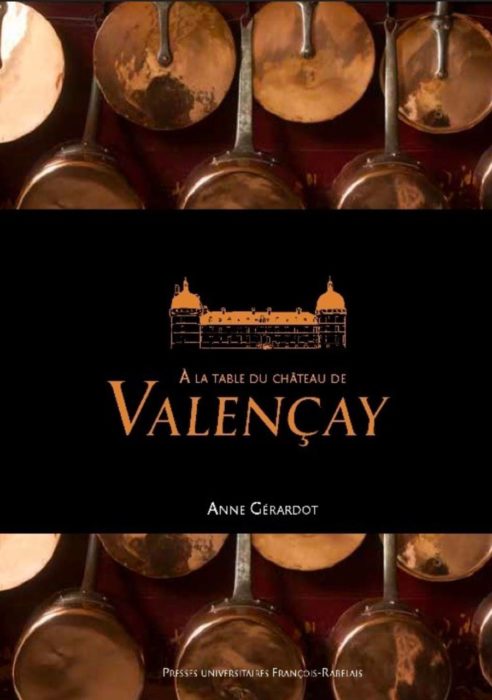
PUBLICATION
VALENCAY’S NOTEBOOKS
Valençay’s Notebooks were created to publish special research on the history of the château and its owners. This collection aims to meld scientific rigor with the desire to share and pass on knowledge. The researchers, scholars and students who participate in this adventure have all agreed to the free dissemination of their work.
The results of this research serve to enrich knowledge of the Valençay estate. They also provide precious fodder to fuel both the necessary artistic creation and the site’s tourist and heritage experience.
Only in French
